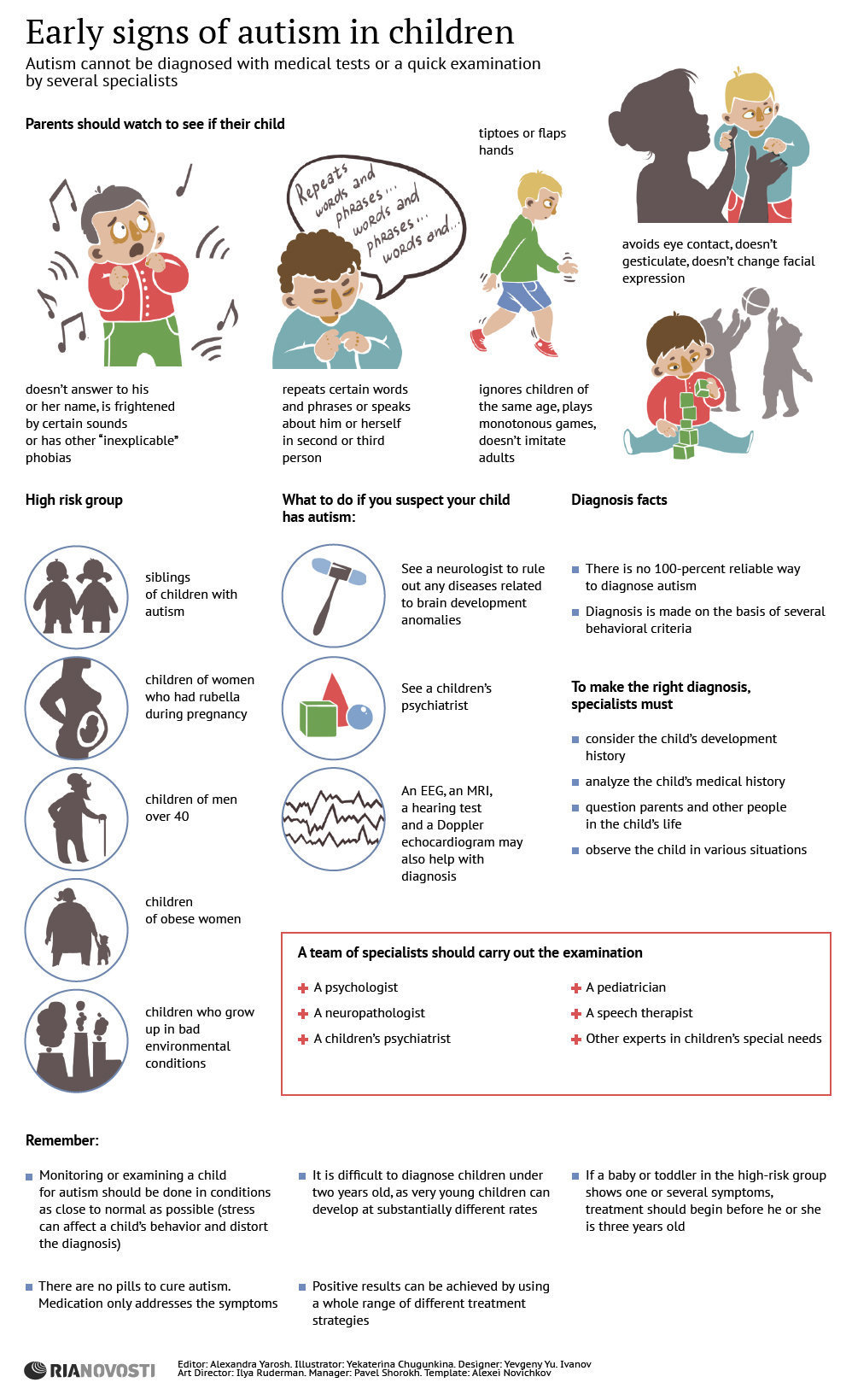How Does Rehab For Mental Health Work
How Does Rehab For Mental Health Work
Blog Article
How Do State Of Mind Stabilizers Job?
Mood stabilizers assist to relax locations of the brain that are impacted by bipolar illness. These medications are most effective when they are taken on a regular basis.
It might take a while to locate the best medicine that functions best for you and your physician will certainly monitor your condition throughout therapy. This will involve routine blood examinations and possibly a modification in your prescription.
Natural chemical regulation
Natural chemicals are a team of chemicals that regulate one another in healthy and balanced individuals. When degrees come to be unbalanced, this can result in state of mind problems like depression, stress and anxiety and mania. State of mind stabilizers aid to prevent these episodes by helping control the equilibrium of these chemicals in the mind. They also may be utilized together with antidepressants to boost their effectiveness.
Medications that work as mood stabilizers consist of lithium, anticonvulsants and antipsychotics. Lithium is probably one of the most well known of these medications and works by impacting the circulation of salt via nerve and muscular tissue cells. It is most often used to treat bipolar affective disorder, however it can additionally be handy in treating other mood conditions. Anticonvulsants such as valproate, lamotrigine and carbamazepine are likewise efficient state of mind maintaining drugs.
It can spend some time to locate the right type of medication and dosage for each person. It is essential to work with your doctor and engage in an open dialogue about how the medication is working for you. This can be especially useful if you're experiencing any side effects.
Ion channel modulation
Ion networks are a significant target of state of mind stabilizers and several various other medications. It is now well established that they are dynamic entities that can be modulated by a selection of exterior stimulations. Furthermore, the inflection of these channels can have a range of temporal effects. At one extreme, changes in gating dynamics might be rapid and immediate, as in the nicotinic acetylcholine receptor/channel system. At the other end of the spectrum, covalent adjustment by protein phosphorylation might cause modifications in channel function that last much longer.
The area of ion channel modulation is entering a duration of maturation. Recent studies have actually shown that transcranial focused ultrasound (US) can promote nerve cells by activating mechanosensitive potassium and salt networks installed within the cell membrane layer. This was shown by revealed channels from the two-pore domain name potassium family members in Xenopus oocytes, and concentrated United States dramatically regulated the present streaming via these channels at a holding voltage of -70 mV (right panel, relative result). The results are consistent with previous monitorings showing that antidepressants influencing Kv networks regulate glia-neuron interactions to opposite depressive-like behaviors.
Neuroprotection
Mood stabilizers, like lithium, valproic acid (VPA), and carbamazepine, are necessary in the therapy of bipolar disorder, which is identified by recurring episodes of mania and anxiety. These drugs have neuroprotective and anti-apoptotic homes that aid to stop mobile damage, and they also boost cellular resilience and plasticity in dysfunctional synapses and neural wiring.
These protective activities of mood stabilizers might be moderated by their inhibition of GSK-3, inositol signaling, and HDAC task. Moreover, long-lasting lithium therapy secures against glutamate excitotoxicity in cultured neurons-- a version for neurodegenerative conditions.
Studies of the molecular and mobile impacts of mood stabilizers have revealed that these medicines have a vast array of intracellular targets, consisting of multiple kinases and receptors, along with epigenetic alterations. Refresher course is required to establish if state of mind stabilizers have neurotrophic/neuroprotective actions that are cell kind or circuitry specific, and exactly how these results might complement the rapid-acting healing action of these agents. This will certainly assist to create new, faster acting, more efficient treatments for psychological diseases.
Intracellular signaling
Cell signaling is the procedure by which cells connect with their atmosphere and various other cells. It includes a series of steps in which ligands interact with membrane-associated receptors and cause activation of intracellular paths that control crucial downstream cellular features.
Mood stabilizers act on intracellular signaling via the activation of serine-threonine protein kinases, leading to the phosphorylation of substratum proteins. This triggers signaling waterfalls, leading to modifications in genetics expression and cellular function.
Several mood stabilizers (including lithium, valproate and lamotrigine) target intracellular signaling paths by hindering particular phosphatases or turning on particular kinases. These results cause a reduction in the task of these pathways, which results in a reduction in the synthesis of particular chemicals that can affect the mind and cause symptoms of anxiety or mania.
Some mood stabilizers likewise function by boosting the task of the repressive neurotransmitter mental health support gamma-aminobutryic acid (GABA). This enhances the GABAergic transmission in the brain and lowers neural activity, thus creating a relaxing effect.